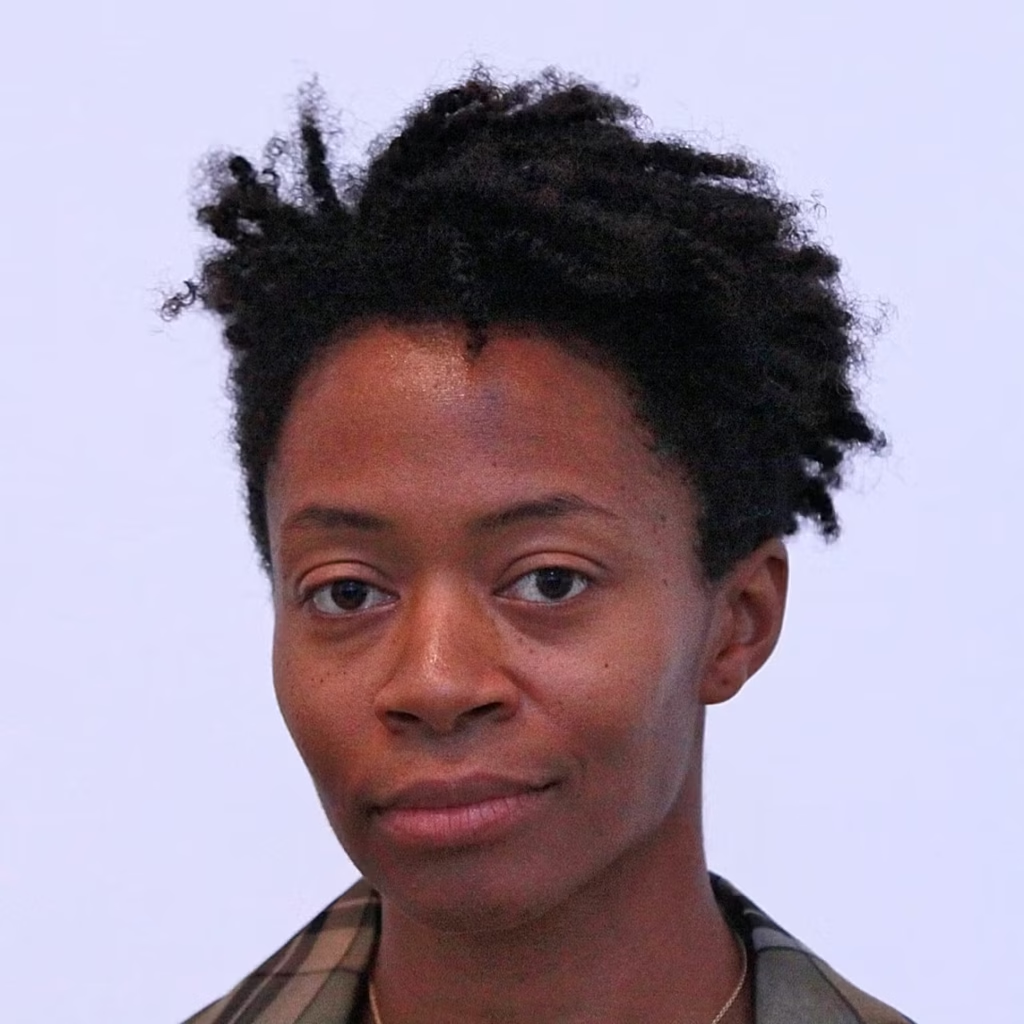
Table of Contents
Who Is Kara Walker?
Kara Walker is a renowned American artist whose work has gained international acclaim for its powerful explorations of race, identity, and the history of the American South. Initially recognized for her use of the silhouette form, Walker’s art often confronts complex social and historical issues, particularly the legacy of slavery and the racial tensions that persist today. In 1994, her work was featured in a new-talent exhibition at the Drawing Center in New York, marking the beginning of her rise to prominence. Her distinctive approach earned her a John D. and Catherine T. MacArthur Foundation “genius grant” in 1997. Since then, her art has been exhibited in prestigious galleries and museums worldwide.
Early Life
Born on November 26, 1969, in Stockton, California, Walker was raised in a household where art played a central role. Her father, a painter, influenced her early interest in the visual arts, and she realized at a young age that she wanted to follow in his footsteps. By the age of 3, she was already determined to become an artist.
Initially, Walker aspired to create traditional fine art; however, as she matured, her focus shifted toward more avant-garde styles. She began using her artwork as a means of storytelling and social commentary, creating pieces that aimed to provoke thought rather than simply achieve aesthetic beauty. In a 1999 interview with the Museum of Modern Art in New York, she reflected on her artistic evolution, saying, “I guess there was a little bit of a slight rebellion, maybe a little bit of a renegade desire that made me realize at some point in my adolescence that I really liked pictures that told stories of things — genre paintings, historical paintings — the sort of derivatives we get in contemporary society.”
After spending much of her early childhood in Stockton, Walker moved with her family to Atlanta, Georgia, where she would later pursue her education. She attended the Atlanta College of Art, earning a Bachelor of Fine Arts degree in painting and printmaking in 1991. She then went on to study at the Rhode Island School of Design in Providence, where she received a Master of Fine Arts degree in 1994.
Career Success
Upon graduating from the Rhode Island School of Design (RISD), Kara Walker made a significant debut in the art world with her mural Gone: An Historical Romance of a Civil War as It Occurred Between the Dusky Thighs of One Young Negress and Her Heart, displayed at the Drawing Center in New York City. The piece garnered immediate attention, not only for its provocative theme but also for its unique form—black-paper silhouettes set against a white wall. This work marked the beginning of Walker’s career, establishing her as a leading voice in contemporary art, particularly in the realm of race and racism.
Over the years, Walker has earned recognition through solo exhibitions at prestigious institutions such as the San Francisco Museum of Modern Art, Tate Liverpool in England, the Metropolitan Museum of Art in New York, and the Walker Art Center in Minneapolis. Her body of work has continually explored themes of history, identity, and the complexities of racial narratives.
In 2007, TIME magazine recognized Walker’s influence by including her in their “TIME 100,” a list of the most influential people in the world. A TIME article noted her ability to “raucously engage both the broad sweep of the big picture and the eloquence of the telling detail,” emphasizing her fearless confrontation of stereotypes, her mastery of irony, and her blend of cruelty and humor in her art.
Despite widespread acclaim, Walker’s work has not been without controversy. In 1997, a group of prominent African-American artists criticized her for perpetuating stereotypes in her art, leading to calls for a boycott. Additionally, in December 2012, a controversial drawing by Walker was temporarily covered by the Newark Library in New Jersey after complaints from employees and patrons. The image, which depicted a white man holding the head of a naked Black woman to his groin, was later uncovered following public outcry, allowing it to be viewed once again.
Walker’s academic contributions are also notable. A longtime resident of New York City, she served as a professor of visual arts in the MFA program at Columbia University. In 2015, she was appointed the Tepper Chair in Visual Arts at Rutgers University’s Mason Gross School of the Arts, where she began a five-year term.
Through her compelling and provocative work, Walker continues to challenge societal norms and push the boundaries of art, cementing her legacy as one of the most influential artists of her generation.
